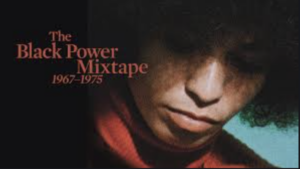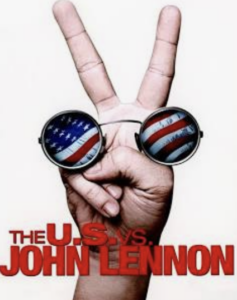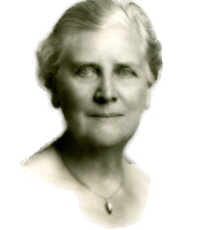
Truth Facts
“Allyship isn’t about guilt—it’s about responsibility.” – Angela Davis
“If you are white and you are not actively anti-racist, you are complicit.” – Jane Elliott
In a powerful 2018 conversation, activist Angela Davis and anti-racism educator Jane Elliott broke down what true allyship looks like—and what it doesn’t. Their message? Being “not racist” isn’t enough. White allies must actively challenge systems of oppression, not just acknowledge them.
Fast forward to 2025:
- Books on Black history are being banned.
- The term “DEI” is under attack.
- Performative activism is on the rise.
So what does real allyship look like today? And how does it compare to historic examples like Mary White Ovington, a white woman who helped co-found the NAACP in 1909?
Let’s break it down.
Performative vs. Genuine Allyship
Angela Davis has long argued that true allyship is not about centering yourself—it’s about leveraging privilege to fight oppression.
Jane Elliott goes further:
“If you want to be an ally, stop congratulating yourself and start doing the work.”
Performative allyship is:
❌ Posting a black square during #BlackLivesMatter but staying silent when policies threaten Black communities.
❌ Saying “I don’t see color” instead of addressing systemic racism.
❌ Advocating for diversity only when it’s politically convenient.
Genuine allyship is:
✅ Speaking up—even when it’s uncomfortable.
✅ Supporting policies that challenge racial disparities.
✅ Using resources, influence, and privilege to amplify Black voices.
This isn’t new. History has always separated the performative from the real. And no example makes that clearer than Mary White Ovington.
Mary White Ovington: A Case Study in True Allyship
Angela Davis reminds us that white allies have a role in dismantling white supremacy—but it requires more than sympathy.
Mary White Ovington understood this in 1909.
✅ She was a white woman born into privilege.
✅ She had a choice: ignore racial injustice or take action.
✅ She chose action—and helped co-found the NAACP.
Her moment of awakening? The Springfield Race Riot of 1908—where white mobs murdered Black residents and burned their homes. Instead of offering thoughts and prayers, she helped build the nation’s most influential civil rights organization.
She worked alongside W.E.B. Du Bois, Ida B. Wells, and James Weldon Johnson—not for them, but with them. She wrote books, challenged segregation, and never backed down, even when it made her a target.
Ovington once wrote:
“If we deny full expression to a race, if we restrict its education, stifle its intellectual and aesthetic impulses, we make it impossible to fairly gauge its ability.”
She understood that Black progress was tied to national progress.
That’s what allyship looks like.
More Truth Facts:








